Vodafone Tab Speed 6 review
As fast as a thousand limbless tortoises

When you like a band and no-one else does, you’re cool. But when you buy tech no-one else checks out, you’re a nerd. Weird, right?
Tablets are so far past the early adopter elite stage that people who can barely switch on a laptop own one. And when you hit that sort of adoption level, the things get cheap. The Vodafone Tab Speed 6 costs just £125, and with that you get 6GB data, which is worth £25 on its own.
Bargain, right?
Those after a 4G tablet could do a lot worse, and this is one of the cheapest models around. If you’re perfect happy leeching off all the free Wi-Fi networks you can find, this isn’t the tablet we’d pick, though.
The Warehouse of grey boxes
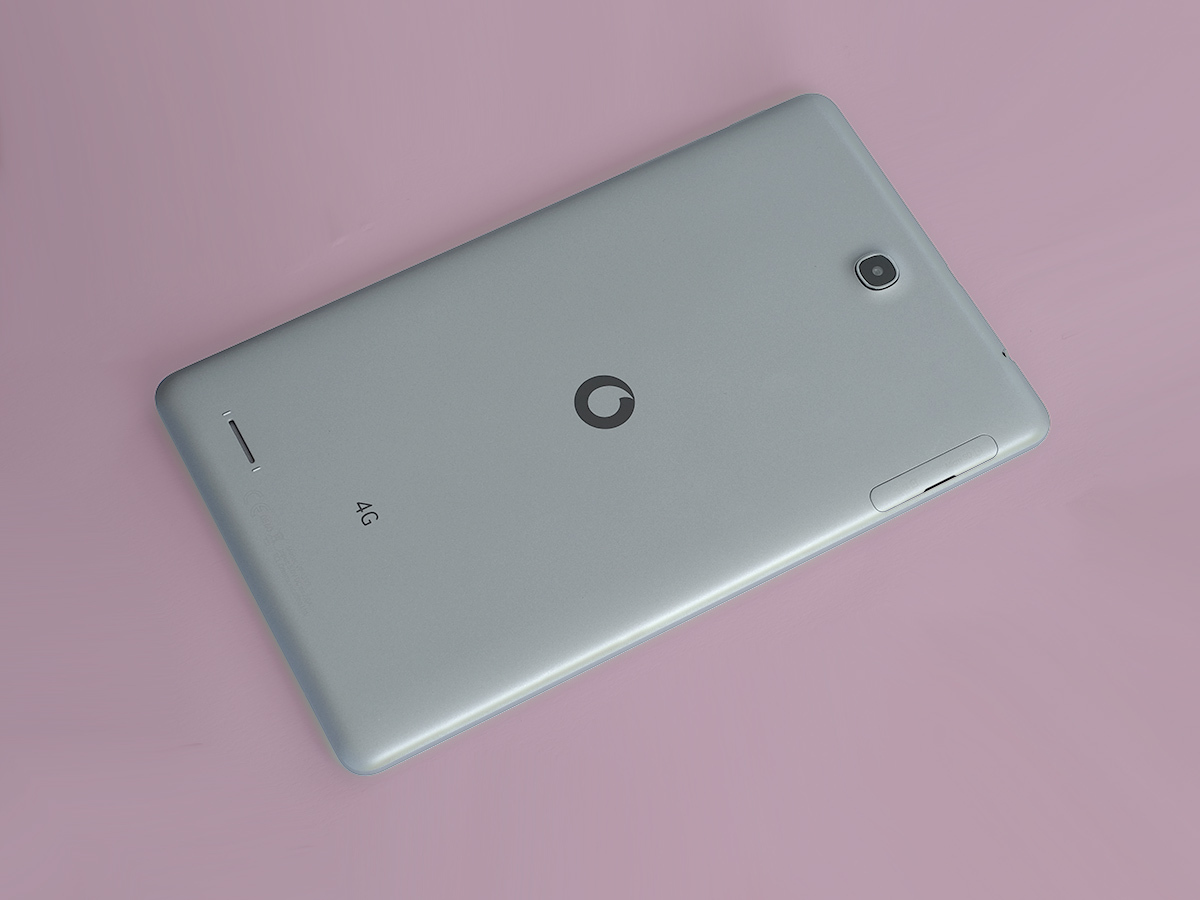
When a Vodafone tablet arrives for us to have a look at, I know what to expect at this stage. You get good value, but these are ultimately box-ticking designs, intended to be piled high and sold fairly cheap to get us hooked on Vodafone’s 4G services.
These are the gateways to full-on mobile broadband addiction, friends.
What that means is you’re going to get practical, prosaic designs rather than ones that look like some arty sort with tortoiseshell glasses has spend evenings agonising over their fine points. The Vodafone Tab Speed 6 looks bland from the front, bland from the back, and doesn’t even bother to try hiding the flap that covers its sockety bits.
Vodafone isn’t stupid, though. It’s also out to keep its return rates as low as it possibly can. So while the Vodafone Tab Speed 6 isn’t going to make you swoon with Apple-grade gadget envy, it actually feels quite, well, nice.
The Vodafone Tab Speed 6 has a much softer-touch finish than the last Vodafone tablet we looked at, the Smart Tab 6. Vodafone has also managed to stay on-trend in the tablet world, slimming down those bits of extra tablet body to the left and right of the screen. Tablets have been on a diet since 2010, and it sees some of them get a bit trimmer each year.
So: bland as you like, but not bad. The design specs are sound too. It’s only 8.3mm thick, weighs 330g and has 16GB storage. Under that guileless flap on the back you get a microSD slot too and, the star of the show, the SIM slot.
This is what really sets the Tab Speed 6 apart: you just don’t get many 4G tablets under £200. You don’t see many 4G ones at all on the high street, really, outside of Apple’s range.
Party like it’s 2013
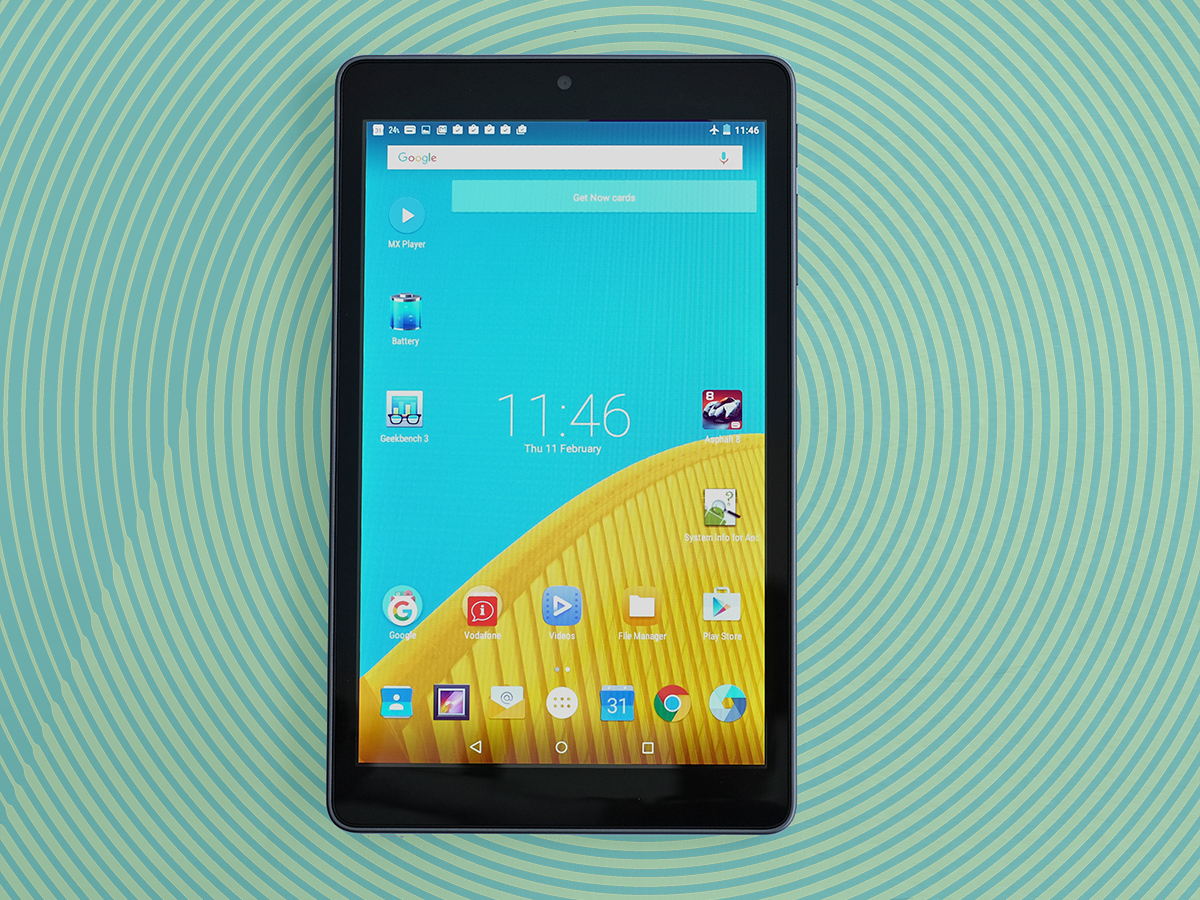
Where we pay for the 4G isn’t in the price, but the screen. It’s not all that advanced, even for a £125 tablet.
You get an 8in 1280 x 800 pixel IPS screen, about as basic as you’ll find in a tablet these days. That means it features 189 pixels per inch, which isn’t sharp enough to get that effect where you don’t notice the pixels.
It has been a while since I’ve used a tablet with a resolution this low, and while it’s not quite as bad as I remember in some bad old tablets, it’s not great either. In some low-ppi displays you can almost see little lines in-between pixels, but here it’s just a bit soft and fuzzy-looking.
That a whole mass of tablets with this resolution still exist tell you it’s good enough for many people. But this is real tech water-treading. Much sharper 1080p tablets have been sold for under £200 (often well under) for three years now. Yet still loads of 1280 x 800 fill up shelves looking to lure in unwitting budget buyers. It doesn’t hit the spot for me anymore.
Other aspects of the screen are getting on a bit too. The Vodafone Tab Speed 6’s display doesn’t have the advanced lamination design you get in, say, the £169 Asus ZenPad S. This is where the touch layer and the display layer are fused together, getting rid of any air gaps.
We’re not talking about visible air bubbles under the Speed 6’s surface, just that the display area looks dark grey rather than black, because those little gaps reflect a bit of ambient light. Take it into a dark room and that effect diminishes. But then the blacks go blue because the of the IPS LCD backlight. You can’t win, eh?
The Vodafone Tab Speed 6’s colours are a bit undersaturated as well. Thanks to those cool-looking colours and the contrast-reducing screen style, this isn’t the most punchy tablet screen in the world.
But it is, if you set your expectations right, perfectly fine. It doesn’t look horrendous if you turn the tablet the wrong way, and it goes bright enough.
The bit I found most grating during testing wasn’t to do with image quality at all, but that as there’s no Auto brightness setting (as there’s no ambient light sensor) you have to alter brightness manually. That gets old pretty quick.
Android’s finest tablet › Samsung Galaxy Tab S2 8.0 review
Just a dash of red sauce
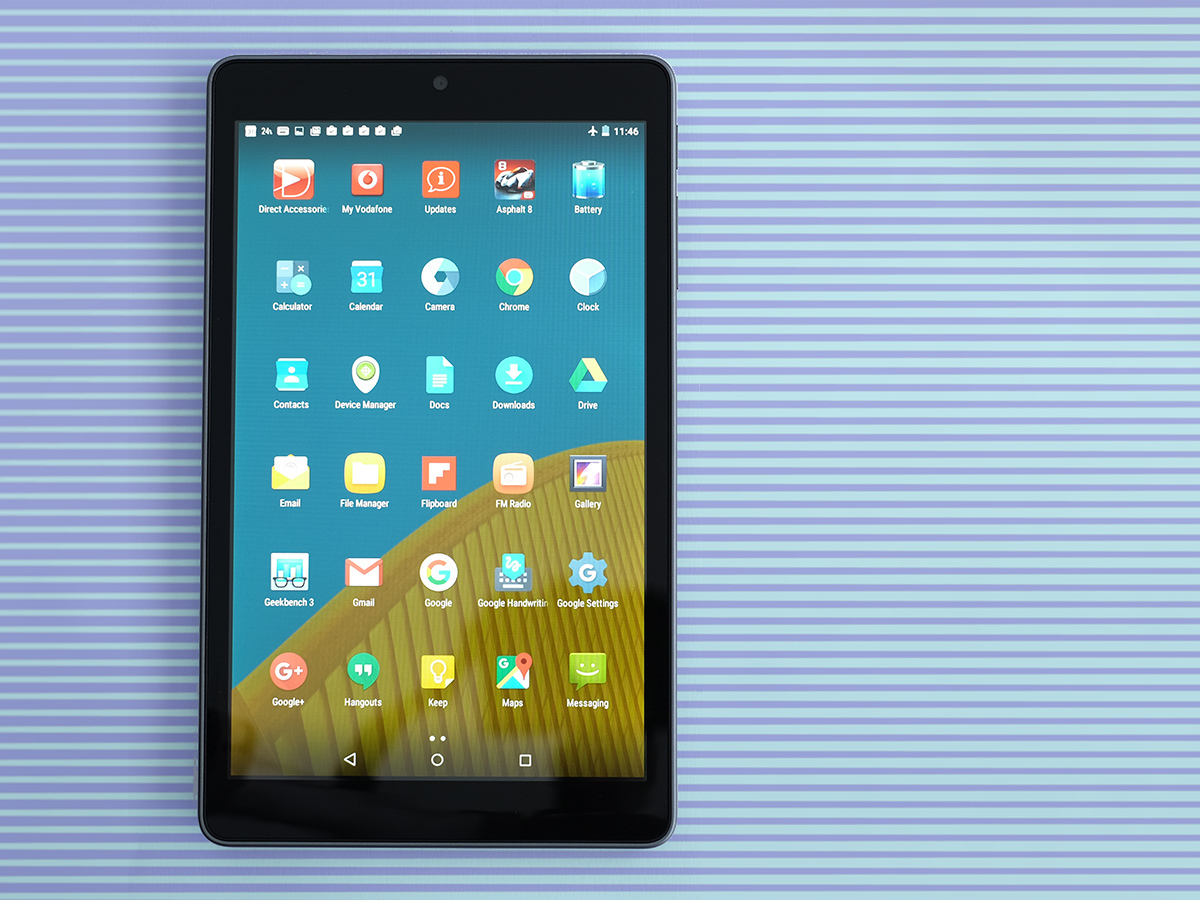
Then there’s the software. It’s a real mix of good and bad.
The good? It feels like a vanilla version of Android. Since the last Voda tablet I looked at, Vodafone seems to have radically cut back on the number of apps it installs. The Vodafone Updates and Vodafone Direct Accessories apps are the only Voda-branded bits. It’s virtually bloat-free. I even went to download another My Vodafone app to check up on the SIM status during testing.
That’s right, I installed more Voda-bloat, willingly.
It’s the kind of style you want to see in a carrier-branded tablet. However, in other respects it’s not quite so hot.
First, while the Vodafone Tab Speed 6 has the look of a default version of Android, it sure isn’t the latest one. Even tablets running Android 5.1.1 (like this) have switched over to using the Android 6.0 look because it’s a separate entity these days, called the Google Now Launcher. But what you get here is very much a last-gen Android look: so last season.
What this actually means is that the apps menu comes in pages, rather than a bit vertical scroll.
Life in the slow lane
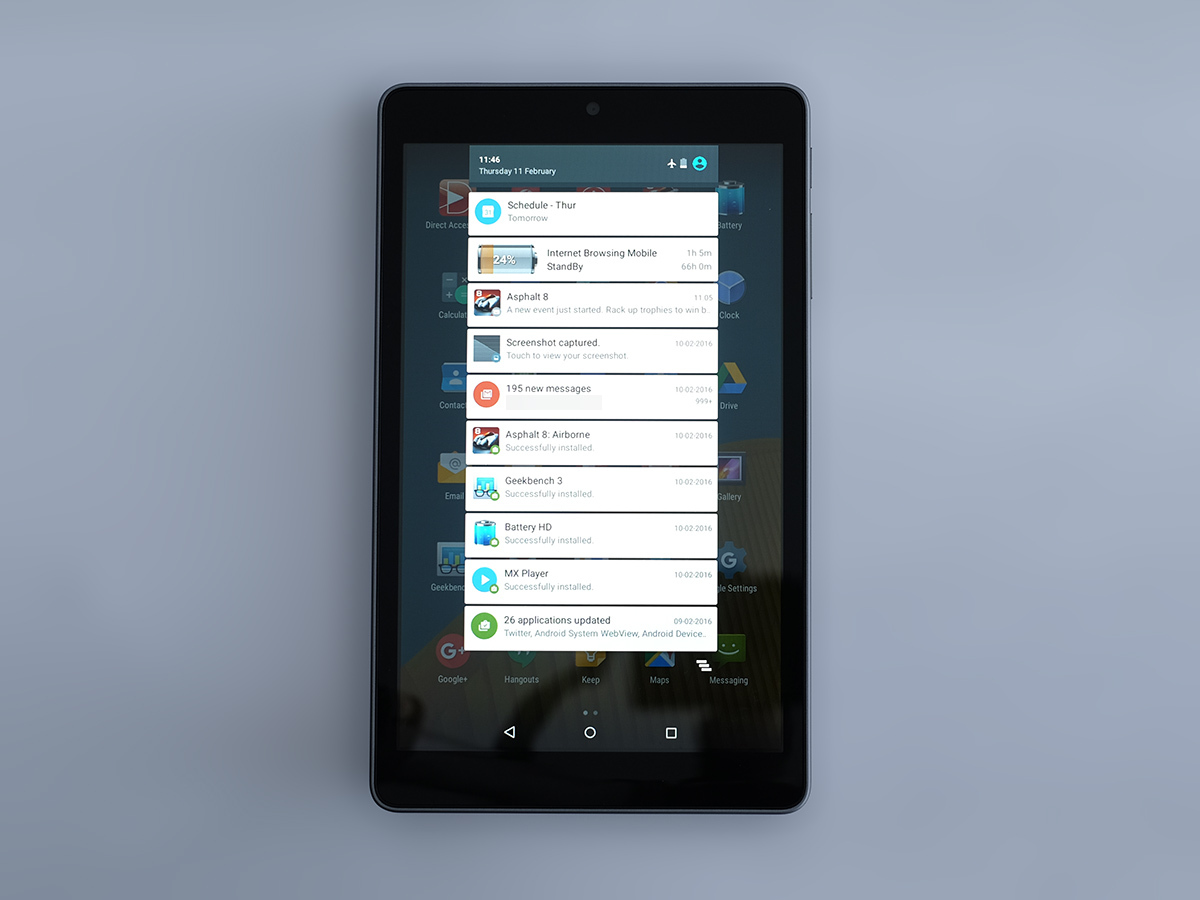
The real stinger is performance: it is not great. If the Tab Speed 6 didn’t have the claim of ‘fast 4G internet’ to fall back on, you could probably have Vodafone under the Trade Descriptions Act. The ‘Speed’ in its name is a tad misleading.
Just flicking between home screens is pretty juddery and you get the same effect when browsing, leading to a tablet that just doesn’t feel fast. It’s easy to blame the CPU, a very low-end Snapdragon 210. It has four cores, but they’re old Cortex-A7 models. However, the RAM has a big hand in this too.
The Vodafone Tab Speed 6 has 1GB RAM, and I’ve found that it’s just not enough to make Android 5.0 sing. A Geekbench 3 score of 1113 also tells you this is significantly slower than the Snapdragon 410 devices you often see around this price.
It’s not all a disaster, though. Games like Asphalt 8 don’t run terribly. There’s an occasional frame rate stutter, but thanks to the 1280 x 800 resolution they mostly run just fine. 3D titles just don’t look anywhere near as good as they would on a Full HD tablet.
There’s nothing on the audio side to make up for this either, really. There’s a single speaker on the back and while it doesn’t distort or sound bad, it doesn’t get you the step-up in audio quality budget tablets like the Amazon Fire HD 8 offer.
In quite a few areas, the Vodafone Tab Speed 6 just seems happy to bring the bare minimum to the table. This is very clear in the cameras too.
Thinner and a winner › Apple iPad Air 2 review
Failtographer
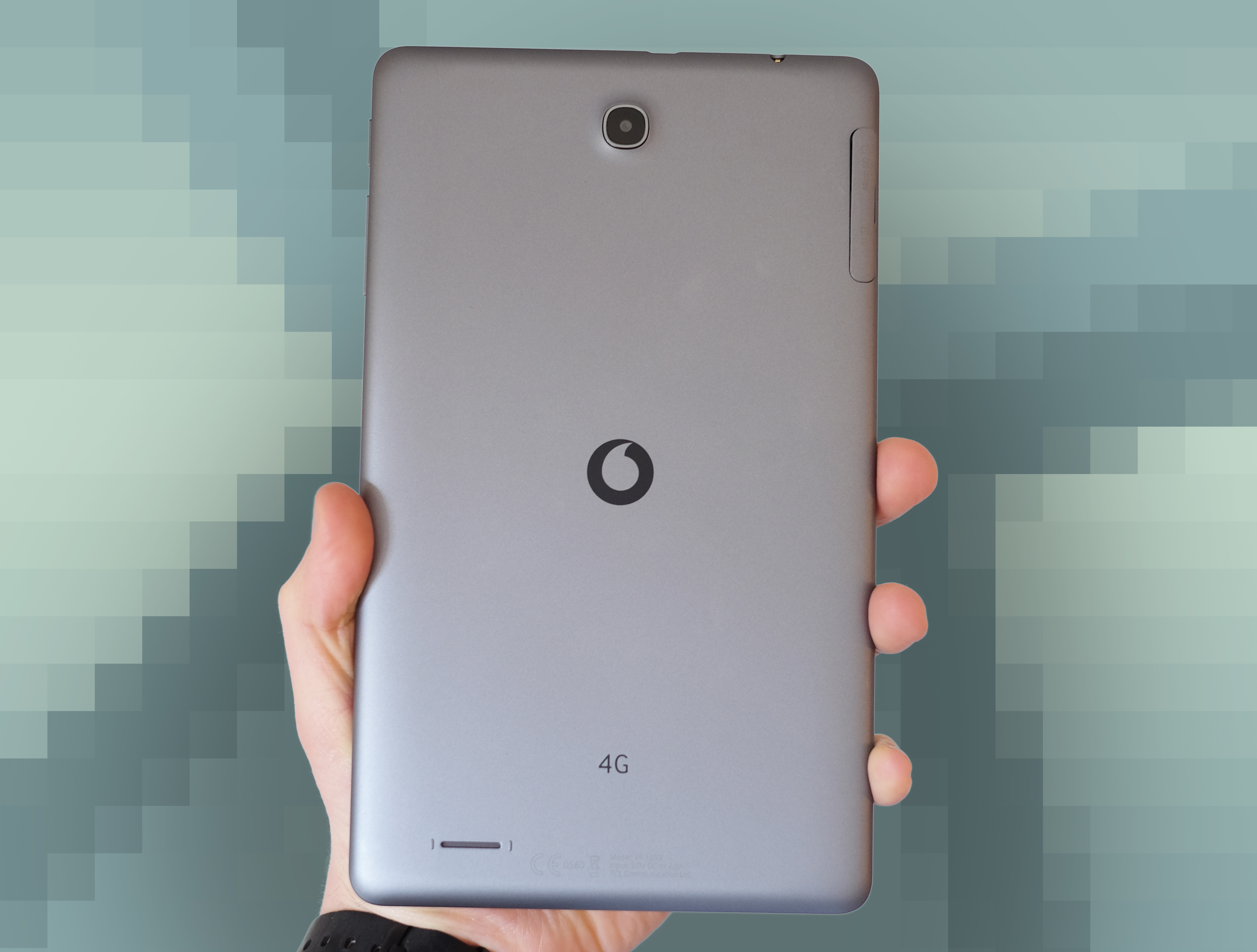
The Vodafone Tab Speed 6 has a 5-megapixel rear camera and a 2-megapixel front one. It’s the higher spec rear camera that stands out as particularly weak.
As well as producing incredibly noisy, indistinct shots in low light and blown-out ones in daylight, it doesn’t even have autofocus. And, no, that doesn’t mean you can focus manually. It means you can’t re-focus at all. Its images are uniformly pretty dreadful.
The front camera doesn’t stick out like a rotting thumb because, well, we still don’t expect all that much from selfie cameras yet, do we? It photos are pretty uninspiring too, mind. But at least having a front camera means family buyers can video chat.
Side attractions like these feel as though they’re there for show in the Vodafone Tab Speed 6 at times. But battery life is actually very strong. Put together a low-end CPU and a pretty low-res screen and you have a recipe for a very long-lasting gadget.
Playing a 720p movie on loop, the Vodafone Tab Speed 6 lasts for 12 hours 15 minutes. That’ll see you through a flight to America pretty nicely. Game on it and the charge drops quicker, of course, but you’ll still get a good handful of hours’ use. That screen may not look amazing, but it’s pretty easy on the battery.
Vodafone Tab Speed 6 verdict
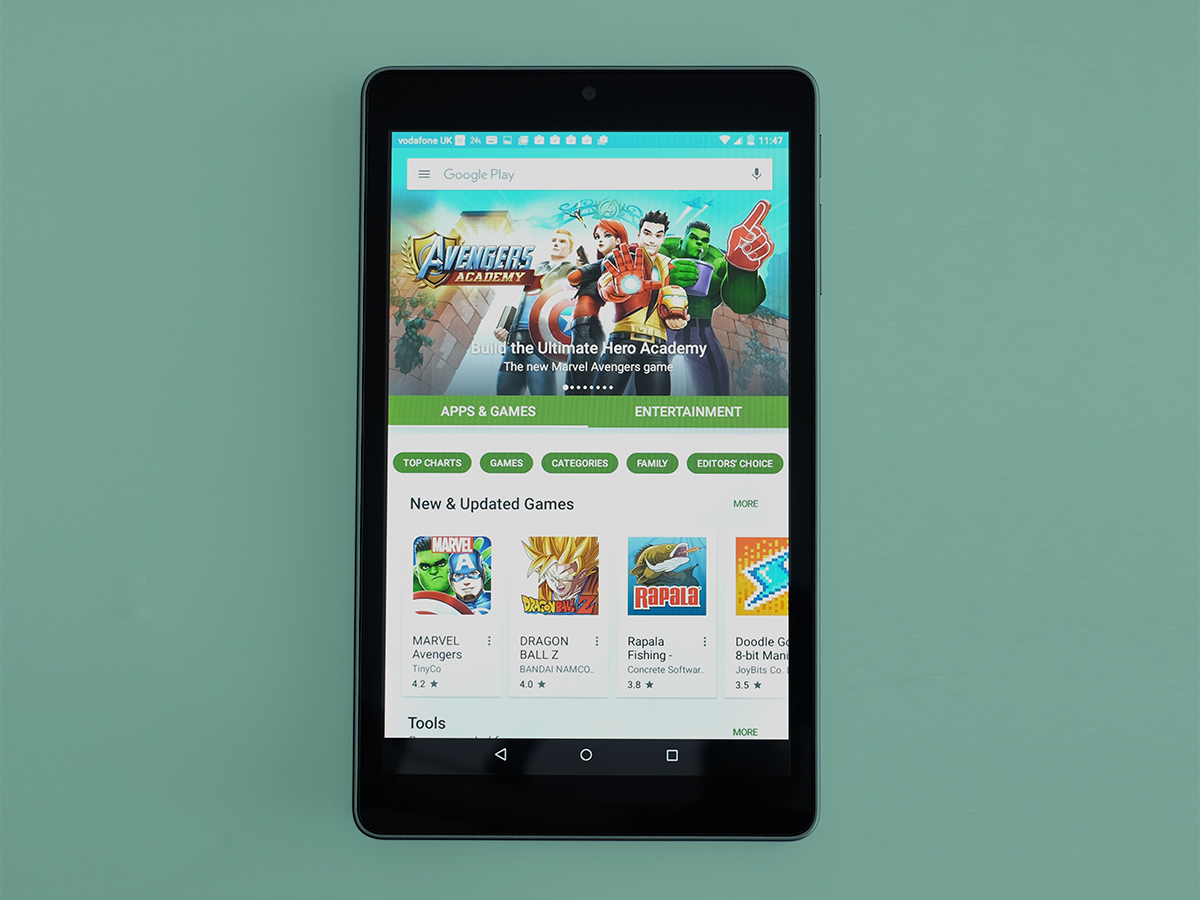
The Vodafone Tab Speed 6 is misnamed. It’s only fast because it has 4G mobile internet. In other senses this is one of the slowest tablets you can find. A lot of tablets get away with using low-rent hardware, but this one doesn’t.
It needs patience, and it means even browsing sites doesn’t feel that fast at times.
To add to that, the cameras are rubbish and the screen’s low res doesn’t do 3D games many favours. On the positive side, it’s cheap and the battery lasts for ages.
Is it worth it? Like just about every Vodafone-branded device the value is good. But unless you’re positively gagging for mobile internet on your tablet there are better options out there. Budget favourite the Tesco Hudl 2 may be gone for good, but even the ancient Nexus 7 is a decent shout still. And the for an extra £40 the Asus ZenPad S 8.0 is a big all-round hardware upgrade.
Portable and powerful › The top 10 tablets in the world right now
Tech specs
| Screen | 8in 1280 x 800 IPS LCD |
| CPU | Snapdragon 210 1.3GHz quad-core |
| RAM | 1GB |
| Software | Android 5.1.1 |
| Storage | 16GB with microSD |
| Camera | 5MP rear, 2MP front |
Stuff Says…
Speed? You must be having a laugh. This tablet is slow and basic, but will do the job if your need for 4G outweighs your desire for a nippy device.
Good Stuff
Cheap
Good battery life
Soft-touch back
Unintrusive software
Bad Stuff
Slow
Rubbish cameras
Bland-looking



